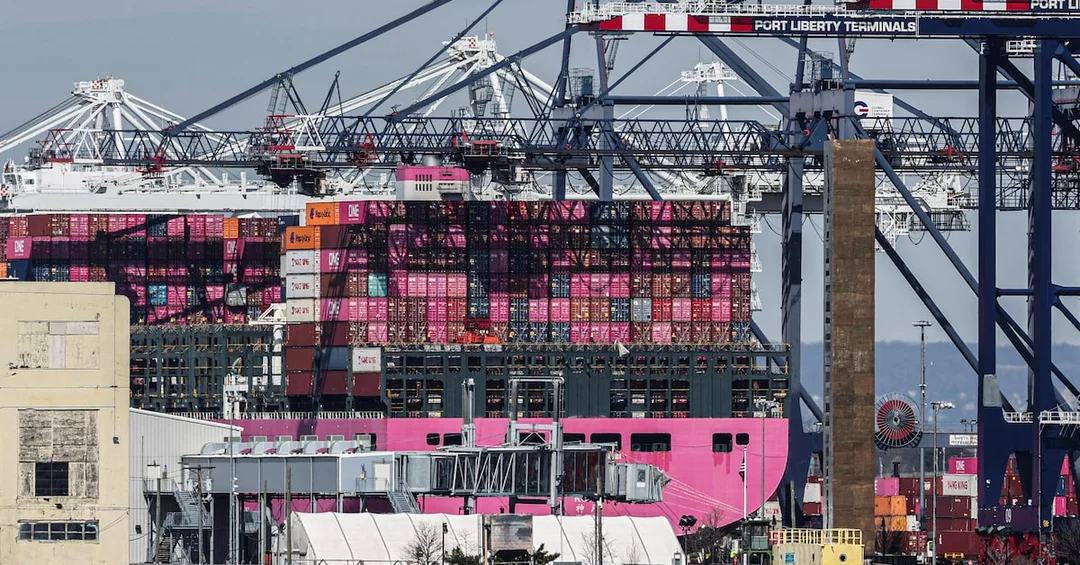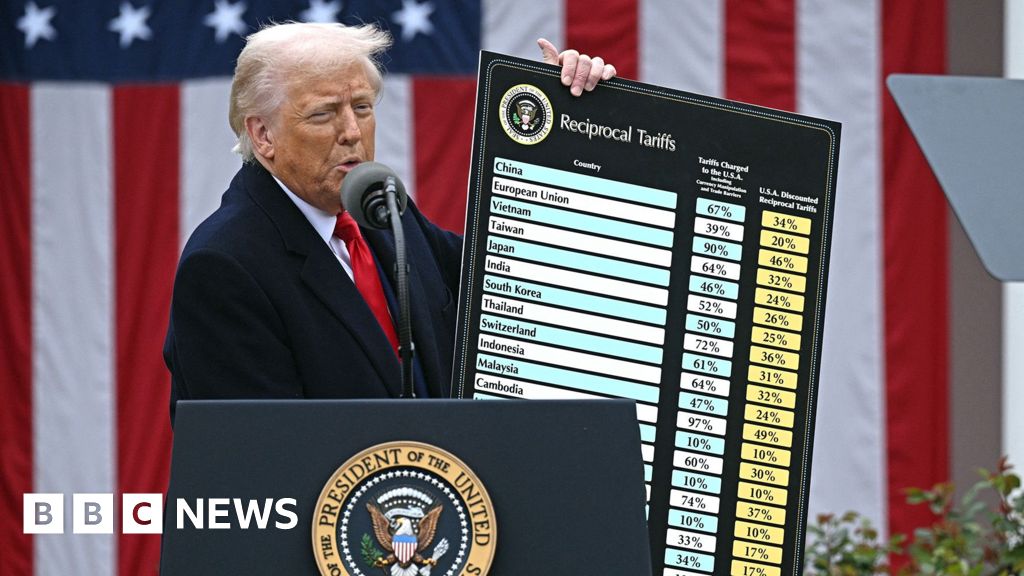
Trump’s New Tariffs: A Global Trade Shake-Up
Former President Donald Trump's recent policy to impose a 10% tariff on all imports into the United States has sparked significant debate and concern over its impact on global trade norms. The move, which began implementation on April 5, 2025, marks a historic shift in U.S. trade policy, drawing comparisons to past economic strategies like those employed by the United Kingdom.
Analysts at CNN and Fortune have delved into the real numbers behind these tariffs, suggesting that they could lead to a hard reset in international trade relations. The tariffs are seen by some as a bold move to protect American industries, while others fear they may lead to retaliatory measures from other countries, potentially escalating into a broader trade war.
Reuters reported that the U.S. has started collecting these new tariffs, which are already causing ripples across global markets. Vox's analysis goes further, questioning the long-term effects on democracy and the potential for increased authoritarianism as economic pressures mount.
The policy's implications are vast, affecting everything from consumer prices to international diplomacy. As the world watches, the full impact of Trump's tariff strategy remains to be seen, but it is clear that it will redefine the landscape of global trade for years to come.
Detailed
Related issues news
How are Trump's tariffs calculated?
The math is simple: take the U.S. goods trade deficit with a country, divide it by that country's exports to the U.S. and turn it into a percentage figure; then cut that figure in half to produce the U.S. 'reciprocal' tariff, with a floor of 10%.
Are trade deficits tariffs?
Trade deficits aren't tariffs Trade deficits and surpluses – the balance of trade – can be calculated between specific countries, but also between one country and the rest of the world. Tariffs are different things altogether – taxes a country charges on imports when they cross the border, paid by the importer.
How are tariffs collected in the US?
How tariffs work. Tariffs are fees U.S.-based companies pay the federal government when they import affected products into the United States. Since the money is collected by the government, it is considered a tax.
Why do countries have tariffs?
Tariffs on imports are designed to raise the price of imported goods and services to discourage consumption. The intention is for citizens to buy local products instead, thereby stimulating their country's economy. Tariffs therefore provide an incentive to develop production and replace imports with domestic products.



